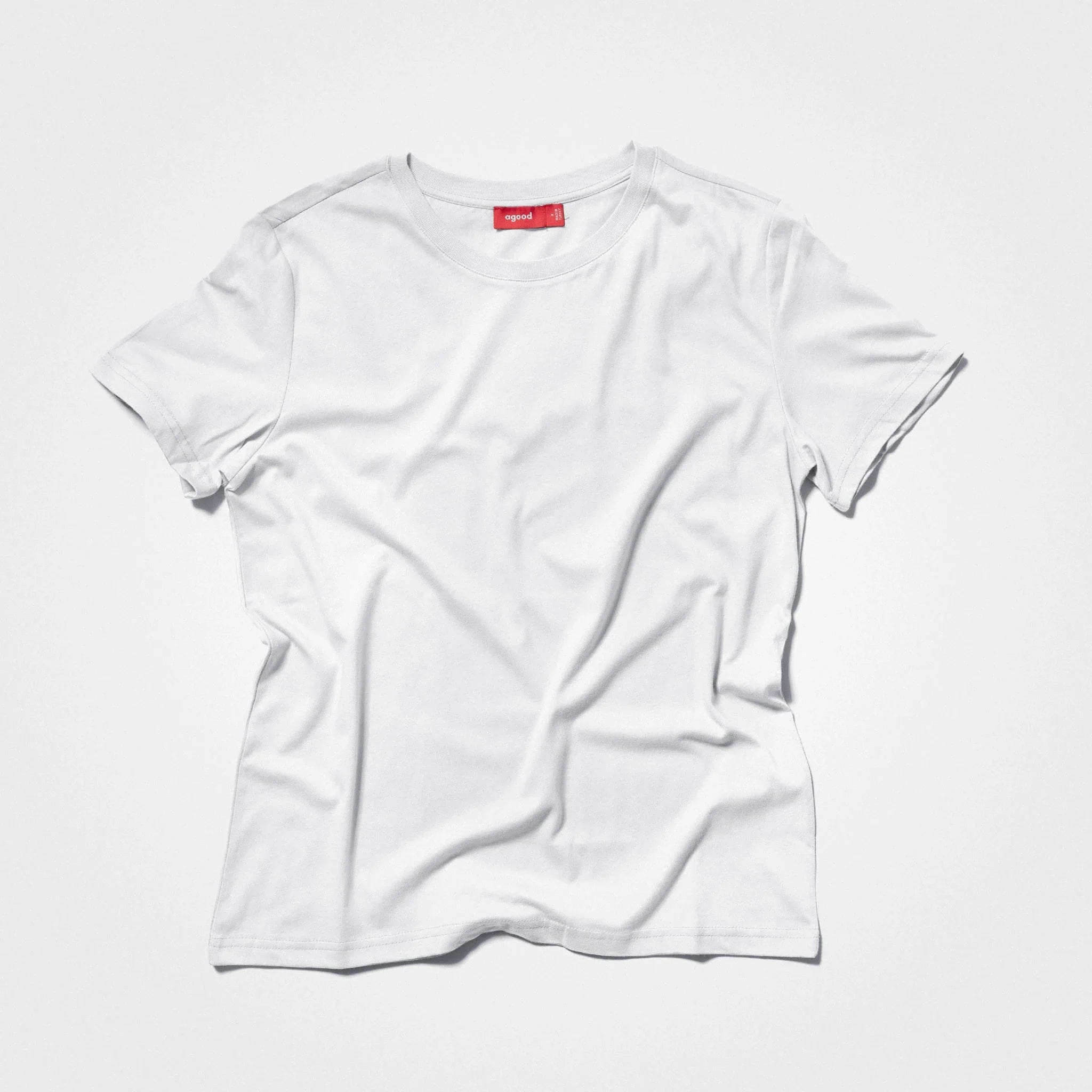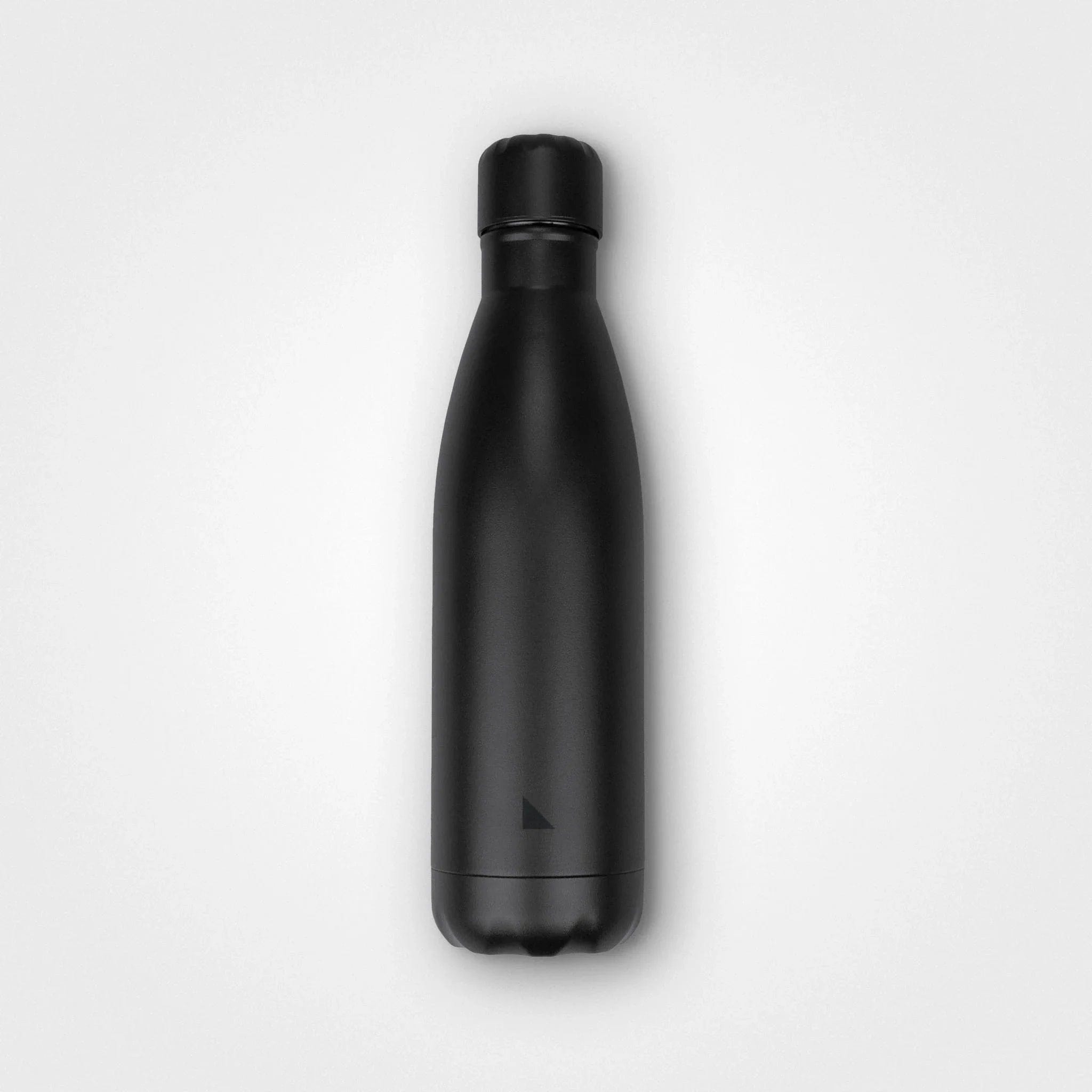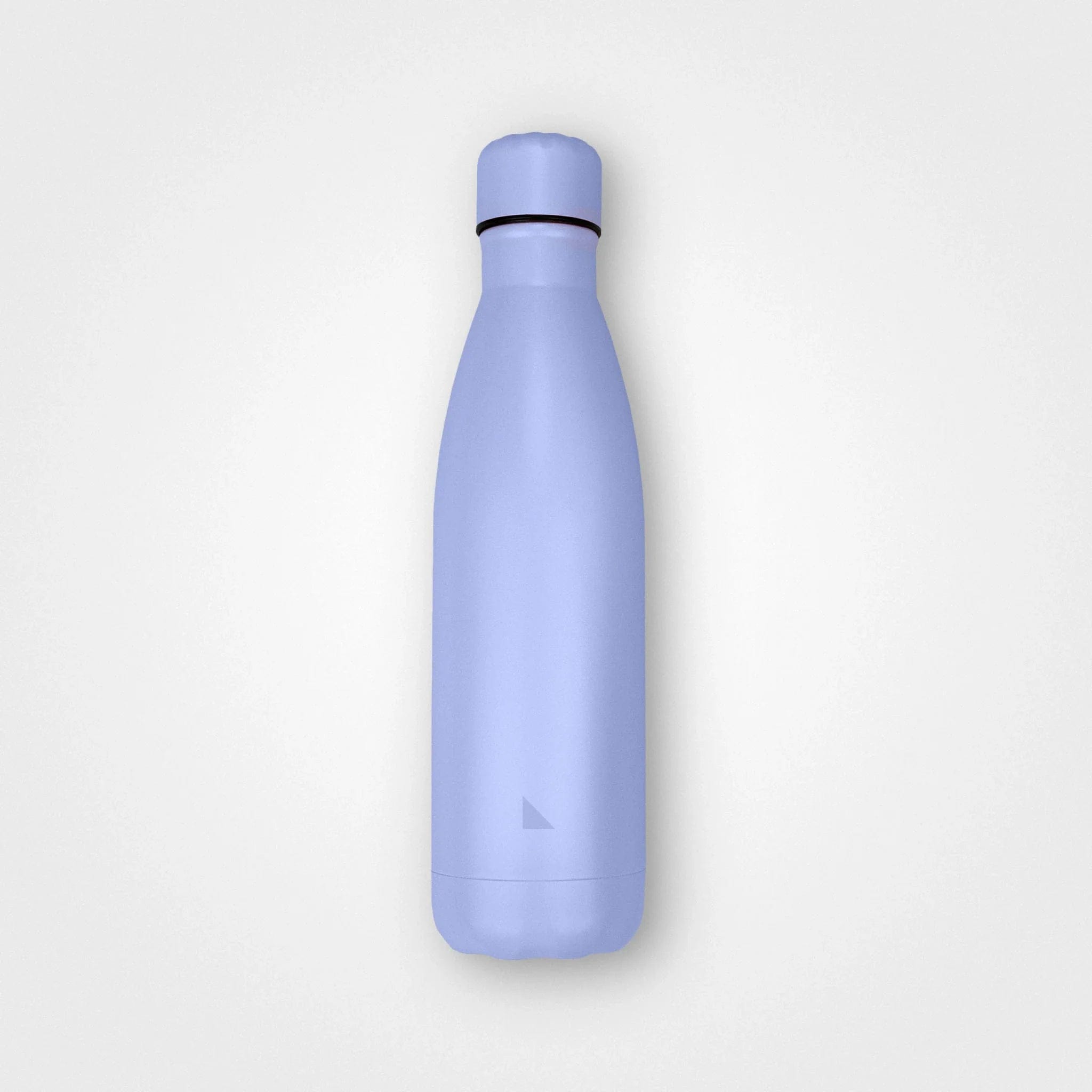Recycling is a process of collecting used materials and sending them to specialised facilities where they are transformed into new products or materials. The importance of recycling in protecting our environment is undeniable, and although it might seem somewhat complicated, it is a powerful tool for us to make a positive difference. The benefits of recycling are obvious — it helps reduce waste, conserve resources and mitigate the harmful impacts of human activities on our planet.
One way we can contribute to reducing waste is to get informed and choose products that are easily recyclable, compostable, less harmful to our environment or made from recycled materials. We believe in making sustainable choices accessible to everyone, and this blog post will provide you with some practical recycling tips for your home and easy steps you can make towards more responsible living.
Quick Links
-
Understanding the basics of recycling
-
Setting up an effective recycling system at home
-
Easy recycling tips for common household items
-
Overcoming common recycling challenges
-
What can and can't be recycled?
-
Upcycling and repurposing
-
Composting — organics recycling
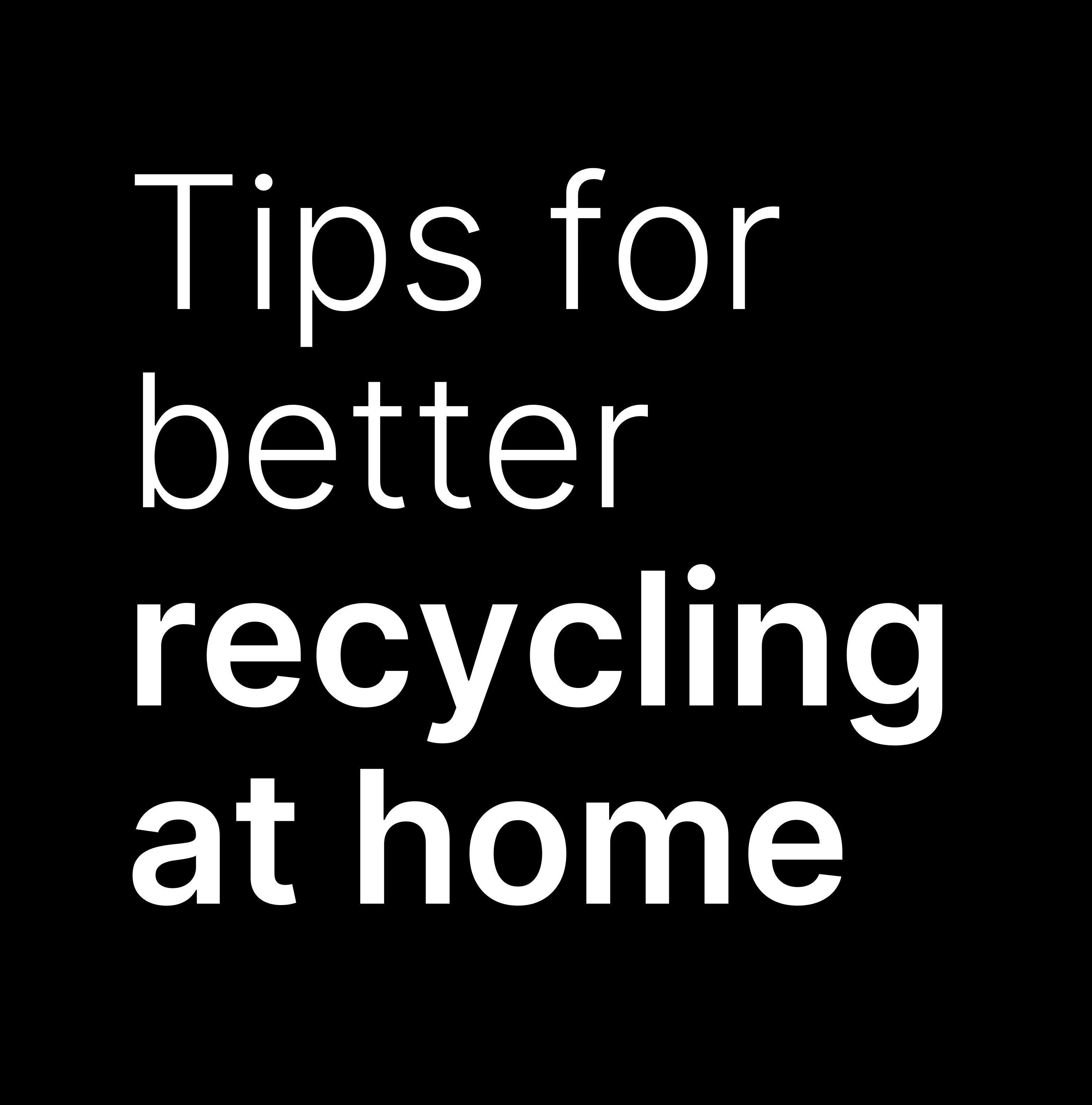

Understanding the basics of recycling
If we want to build an effective recycling routine, we need to understand what materials can be recycled. Firstly, there’s paper and cardboard — they are easily recyclable. Whether it's newspapers, magazines, or cardboard boxes, tossing them in the recycling bin significantly reduces waste. Next up, plastics — identifying the recyclable codes on plastic items is important, and so is rinsing those containers out. Once you do that, you're on your way to responsible plastic recycling.
Glass is another recyclable material; it helps to separate colours to streamline the recycling process. Lastly, metals, including aluminum and steel cans, are also highly recyclable. When you separate these materials, you'll simplify the recycling process and contribute to minimising the environmental impact of everyday items you use and discard.
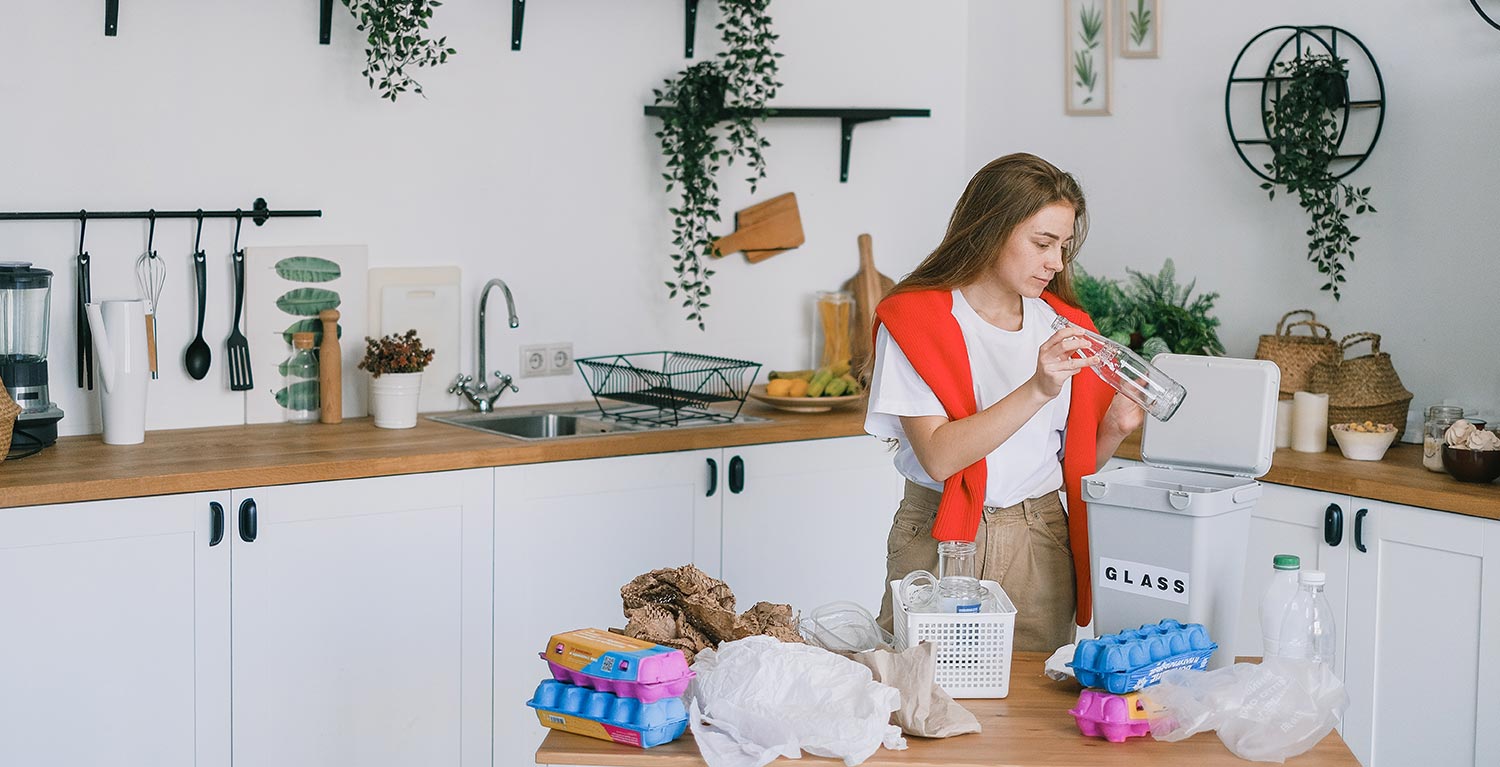
Setting up an effective recycling system at home
Start by designating a specific area as your recycling station. This could be a corner in your kitchen or a space in the garage—wherever it's convenient and accessible for everyone in the household. Choosing the right recycling bins is the next important step. Opt for bins with clear labels for paper, plastics, glass, and metals. Having distinct containers makes the sorting process easier and ensures that materials end up in the right place.
However, bins alone won't do the trick. Take the time to inform and involve your family members, including your young ones, in the recycling process. Understanding the importance of recycling can turn it into a shared responsibility, and it’s a great opportunity to nurture environmental awareness in our children.
Easy recycling tips for common household items
Let's break down some easy recycling tips for everyday household items, and make the process easier and more effective.
Paper and cardboard
When it comes to paper and cardboard, proper disposal of newspapers, magazines, wrapping paper, envelopes etc., is pretty simple and straightforward. As for cardboard boxes, breaking them down and flattening them will not only save space but also facilitate the recycling process.

Plastics
Moving on to plastics: as already mentioned, it’s important to identify recyclable codes on items which go from 1 to 7, because different types of plastics are treated differently. Basically, the higher this number is, the less recyclable the item is. Most recycling centres recycle plastics 1 and 2 easily, but it gets more difficult past that. Take a moment to rinse and dry containers before recycling so that they're in their cleanest, most recyclable state.
Another thing you can do to reduce plastic pollution is to reuse plastic at home. Instead of getting rid of plastic containers, you can use them to store leftover food, organise and declutter your space or make a birdfeeder, just to name a few ideas.
Glass recycling will be more efficient if you separate glass containers by their colours. Even better, you could give glass containers a second life by reusing them—this will reduce waste and contribute to your sustainable lifestyle.
Metals
Finally, when it comes to metals, almost all metal items in your home are recyclable. You can recycle all types of food and soda cans, as well as spray cans which are usually made from aluminum, steel or tin. You can even recycle tin foil and various used items made from copper, brass or bronze.
Overcoming common recycling challenges
There are some common recycling challenges you might come across in your household, but they can be tackled. One of them is contamination. Food waste will contaminate your recyclables, so you should make sure they are clean and free from contaminants. When it comes to items that seem unrecyclable, it's a good idea to do a bit of research. Many seemingly tricky items actually have specific recycling options or facilities that can handle them; you just need to look for them.
For example, If you want to handle your electronic waste responsibly, you’ll need to seek out e-waste recycling programs or drop-off points. These programs are designed to recycle electronic devices in an environmentally friendly way and prevent hazardous materials from ending up in landfills. There are probably many other items you didn’t know you could recycle, such as your worn-out running shoes or old carpet.
What can and can't be recycled?
Another challenge you may encounter is with products you might think are recyclable, but actually aren’t. For example, despite being made of paper, disposable coffee cups are lined with a thin layer of plastic, making them waterproof. Separating paper and plastic components is complex, meaning the coffee cup will probably end up in a landfill. Another example is pizza boxes with grease stains. if the box is soiled with grease and food residue, it can contaminate the recycling stream. Clean sections of the box can still be recycled, so you’ll need to tear them off and separate them from the greasy ones.

The solution here might be to try and get informed about what could compromise the recycling process, pay attention to these small details or look for the fine print on the products that claim to be recyclable.
Upcycling and repurposing
Let's explore the creative side of recycling through upcycling and repurposing—two great ways to give new life to common household items. Upcycling involves transforming old, used items into something of higher value, and there are countless upcycling projects you could try. Consider turning old jars into stylish vases, or transforming wooden pallets into unique furniture pieces. The possibilities are as diverse as your creativity allows. Repurposing materials for DIY projects is another avenue to explore. You could turn old fabric scraps into trendy reusable bags, and worn-out furniture can find a second life with a fresh coat of paint and a touch of creativity. Upcycling and repurposing reduces waste and adds a personal touch to your surroundings.
Composting — organics recycling
Composting is a great way to reduce the amount of organic material that ends up in landfills. It is a natural process that transforms organic waste into a nutrient-rich soil conditioner and is a sustainable solution for managing your kitchen and garden waste. Separating organic waste for composting involves setting aside items like fruit and vegetable scraps, coffee grounds, and eggshells from your regular trash. By doing so, you’ll not only prevent valuable nutrients from ending up in landfills but also create a valuable resource for your garden. Composting is a fantastic way to close the loop on your waste, turning it into a beneficial resource for the environment.

Engaging the community
As they say, change starts with you. While it’s important for us as individuals to make better choices, it is also important to try and engage other members of our community to do the same. Taking simple steps within your neighbourhood can make a big difference. You could set up a community recycling program, where neighbours gather recyclables or share tips on how to dispose of waste more responsibly. Sharing what you know about recycling with friends and family can also be influential. By having conversations about recycling, you can inspire those close to you to adopt more eco-friendly habits.
Whether planning a neighbourhood clean-up or casually discussing recycling tips, creating a sense of community around sustainable living can bring about positive changes. Together, we can make our collective impact even stronger and build a more environmentally conscious community.
Spotlight on eco-friendly products
Recycling starts with the products you decide to buy, and companies you decide to trust. This is why it’s important to incorporate eco-friendly products into our daily lives and choose sustainable brands. Look for companies that are transparent about the materials they use and the way they manufacture their products, and that support the circular economy model and sustainable production.
agood loop — circular economy system
Here at agood company we have developed a system called agood loop™ where you can return our products to us once you no longer want to use them, and then we will recycle them and turn them into new ones. The products included in our loop are our eco-friendly mobile cases, which are plant-based and biodegradable and our circular fashion line, which includes bamboo socks, organic cotton T-shirts, recycled cotton T-shirt packs and Lyocell underwear.
Use reusable shopping bags
When going shopping, have a couple of reusable canvas tote bags ready and try to avoid plastic grocery bags as much as possible. Grocery bags are very harmful to the environment as they dissolve into microplastics and contaminate our soil and waterways. When they end up in nature, they pose a serious threat to animals, which often ingest or get entangled in them. Although they are technically recyclable, you’ll need to look for a dedicated drop-off point. If they end up in a recycling facility, they often get tangled in recycling machines, which may cause them to shut down.
Avoid plastic water bottles
Another harmful plastic item commonly used in our daily lives is a plastic water bottle. They significantly contribute to the problem of plastic pollution, and like plastic bags, we should try and avoid using them as much as we can. Luckily, there are many reusable alternatives to single-use plastics. Reusable water bottles help reduce plastic waste, so investing in a reusable bottle made from stainless steel is a good idea. Opting for eco-friendly products made from sustainable materials which can be reused will complement your recycling efforts and contribute to a healthier planet.
Conclusion
Understanding the basics of recyclable materials, setting up an effective recycling system at home, and exploring easy recycling tips for everyday household items — each of these steps will contribute to your effort to create a greener tomorrow. Doing a bit of research on what to do with non-recyclables, and embracing upcycling, repurposing and composting will also enhance our chances to have a more sustainable future. Making mindful choices and opting for eco-friendly products will reduce the need for recycling in the first place, or simplify the recycling process.
In conclusion, your individual efforts, no matter how small they might seem to you, do make a significant difference in the environment. We encourage you to share your recycling tips with others and inspire them to join this growing movement for a greener future.


